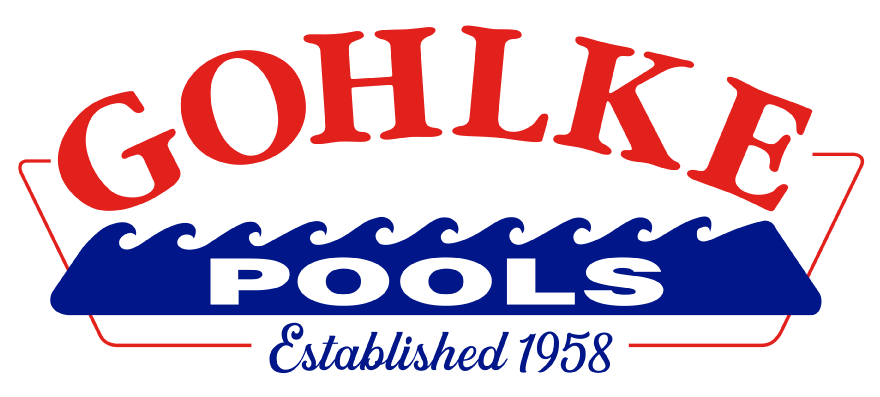61
What is the “Pool and Spa Safety Act”?
Due to the media attention that it has received and will continue to receive, you have likely become aware of the Virginia Graeme Baker Pool & Spa Safety Act. Although this federal law primarily affects commercial pools (including apartments and hotels), it is recommended that residential pools also become aware of the dangers and comply. Many pool owners are inquiring as to how this affects them—hopefully the following information will help answer many of the questions concerning this new federal law.
The Virginia Graeme Baker Pool and Spa Safety Act (VGB Act) was signed into federal law on December 19, 2007, and enforcement began on December 19, 2008. Public pools and spas that are not in compliance may not open for use until compliant.
Who is Virginia Graeme Baker?
On June 15, 2002, Virginia Graeme Baker, granddaughter of former Secretary of State James Baker, went with her mother and four sisters to a family friend’s home for a graduation party. It was held outdoors, and the focal point was the swimming pool and hot tub.
Virginia had worn her swimsuit to the party and jumped into the pool as soon as they arrived. A short time later, Virginia’s older sister ran to their mother, Nancy, and said that Virginia was underwater in the hot tub and would not come up. Nancy ran to the hot tub, but could not see her child due to the bubbles obscuring the surface and the dark water.
Nancy jumped into the hot tub and discovered the horrific sight of her daughter’s unconscious body on the bottom. Nancy desperately tried to pull her daughter out, but she couldn’t move her, and she couldn’t understand why she couldn’t bring her to the surface. Two adult men at the party came and helped, finally managing to free Virginia and pulling so hard the drain cover broke in the process. Lifesaving efforts were immediately performed on the little girl, but she couldn’t be revived.
The sad fact is that Virginia’s death along with others could have been prevented, with just a different type of drain cover and/or a safety device.
What are the potential hazards?
These are 5 potential hazards that are associated with suction covers (such as main drains).
- Hair entrapment – Hair becomes knotted or snagged in an outlet cover.
- Limb entrapment – A limb sucked or inserted into an opening of a circulation outlet with a broken or missing cover in the pool resulting in a mechanical bind or swelling.
- Body suction entrapment – Suction applied to a large portion of the body or limbs resulting in an entrapment.
- Evisceration/Disembowelment – Suction applied directly to the intestines through an unprotected sump or suction outlet with a missing or broken cover.
- Mechanical entrapment – Potential for jewelry, swimsuit, hair decorations, finger, toe or knuckle to be caught in an opening of a outlet or cover.
(all definitions taken from ANSI/APSP-7 2006 pg VIII)
What does the VGB Act mandate?
The VGB Act contains three federally enforced mandates.
- All drain covers, also called main drains, (public and residential) manufactured, imported, distributed, or offered into commerce must comply with the new standard (ASME/ANSI A112.19.8 2007) .
- All public pools and spas (new and existing) must be retrofitted with covers that meet the new standard.
- All public pools and spas that have a single drain other than an unblockable drain must employ one or more additional options.
Again, this is required for commercial pools and recommended for existing residential pools—we encourage you to consult your pool professional if you have any questions concerning this law.




